Taken individually, each of the varied artistic and cultural institutions that make this area their home evinces a proud identity. Each has its culture and its mission, as it has its family and faithful supporters who look to it every year to bring what only it can to the community, whether that be family shows at the theater, an intimate gallery exhibition or a night of intellectual challenge. But no one organization stands alone, and it is only the work of the community as a whole, and the efforts of all these institutions taken as one, that succeed in making this region what it is. And it is only through this broad view that what is produced truly reflects who it is produced for, and that outside observers can answer that key question—what does the Cultural Capital of Florida believe in?
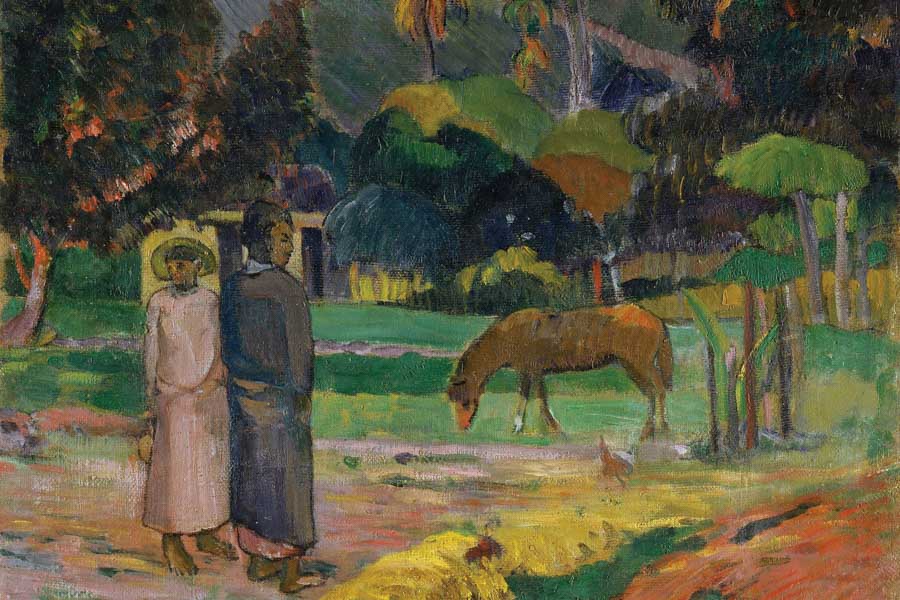
AU NATUREL
Lose yourself (but please not your clothes) in the natural world this season, with a series of evenings and exhibitions that reawaken the thrill and inspiration of the untamed. The Marie Selby Botanical Gardens leads the charge here (naturally), with not only the annual Orchid Show running through much of October and November, but the next installment of its annual exhibition series—an exploration of the 19th Century French post-impressionist painter Paul Gauguin. Entitled Gauguin: Voyage to Paradise, the exhibition focuses on work created during the artist’s experience living in French Polynesia, including hand-carved woodcuttings from the 1890s and other rare works, while living displays in the Selby Gardens conservatory and installed across the grounds echo the tropical landscapes that inspired them. “While he wandered, Gauguin used the lush landscapes of foreign lands to anchor himself in the reality of where he existed at that moment,” says Jennifer Rominiecki, president and CEO of Selby Gardens, “connecting himself and the people he painted to the landscapes in which they lived.” Continues exhibition curator Dr. Carol Ockman, “He left us an indelible vision of the tropical paradise inspired as much by imagination as experience.” Family events will be held monthly throughout the exhibition’s run, and partnerships with cultural institutions like Sarasota Ballet, Asolo Repertory Theatre, Sarasota Opera and the like mean even more outdoor activities for everyone to enjoy before the summer heat returns. And if Gauguin’s woodcuts only whet the appetite, The Ringling Museum opens an exhibition of woodblock prints from post-war Japan on November 18. For something a little more laidback and a little more rockin’, head up north, where the folks at Realize Bradenton hold the sold-out Bradenton Blues Festival each December. This year’s youthful line-up includes fewer elder statesmen of blues than past festivals, but more than makes up for it with a roster of young and hungry movers and shakers, including local blues wunderkind Trey Wanvig.
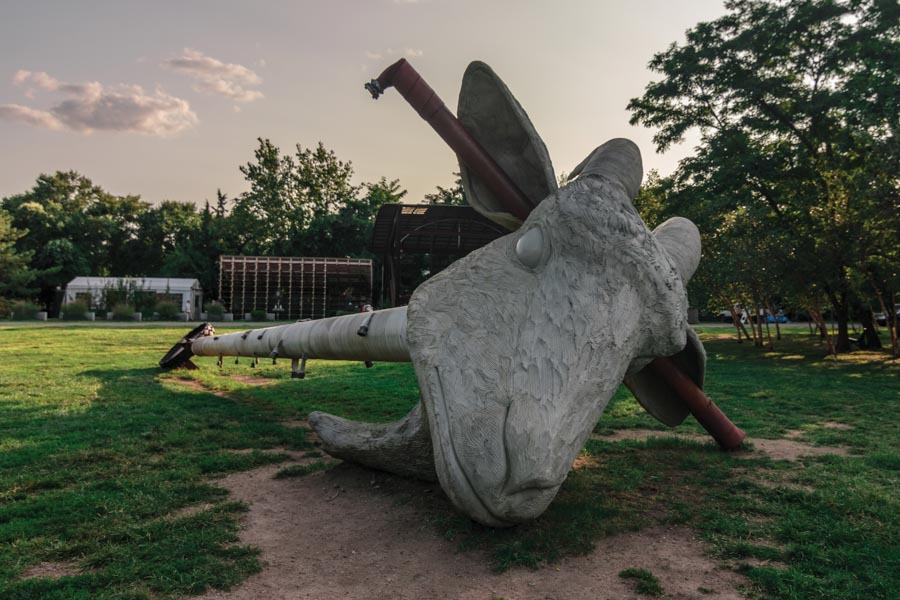
TALK OF THE TOWN
Despite what your dinner guests would have you believe, good conversation still exists in this town—you just need to know where to look. The Ringling College Library Association’s annual Town Hall Lecture Series proves a good place to start, again living up to its reputation for bringing high-profile speakers to the Sarasota stage. This year’s guests range from the always-interesting but also rather accessible cultural icon Shaquille O’Neal to a real jaw-dropper in former FBI Director James Comey, who comes to the Van Wezel Performing Arts Hall in February. Wikipedia founder and internet entrepreneur Jimmy Wales also visits Sarasota in February, followed by former US Ambassador to Japan Caroline Kennedy and Ian Bremmer, founder of Eurasia Group. For those seeking a little less business and politics with their night out and a little more arts and culture, the Sarasota Museum of Art continues to bring in its own brand of thought leaders for evening conversation. October alone sees four speakers coming to the museum’s “The Works” building to talk everything from creativity and aging to experimental architecture. John Hatfield, executive director of Socrates Sculpture Park in New York City, will deliver a lecture on the nature of public art controversies, and Ringling College’s own Dr. Chelsea Bruner, a professor of design history, will speak about her new book, New York: Art + Cultural Capital in the Gilded Age. “Places where citizens can congregate and discuss ideas have been essential and dynamic sites of exchange since the dawn of humanity,” says Anne-Marie Russell, executive director for the Sarasota Museum of Art, noting a growing need for such forums in today’s climate. “This is how we put the ‘commune’ back in communication,” she says, “by gathering together and sharing ideas.” November topics include Victor Lundy and the artists of Johannesburg. Of course, no discussion of community conversation would be complete without mentioning PINC Sarasota, entering its fifth year presenting a full day of passionate speakers for a surprisingly intimate and always inspiring exchange of ideas. Announced guests for December’s conference include inventor/presidential advisor Sanford Greenberg, experiential designer Nashra Balagamwala and John Marzluff, avian brain expert.
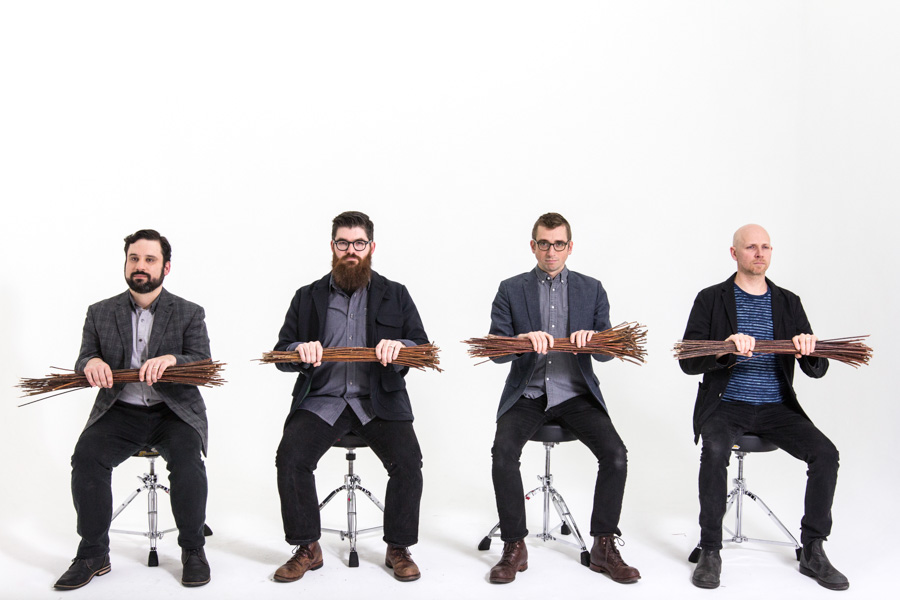
STRANGER THINGS
A guitar by any other name sounds just as rocking, but the melodica will always be weird. Half harmonica, half keyboard, half clarinet, the thing violates aesthetic principles as readily as it does the laws of mathematics and proportion—but boy do the Melodica Men (visiting Sarasota for a concert February 19) know how to wrangle a tune from it. And this season, Artist Series Concerts brings the melodica, as well as a host of other fun, funky and far-reaching instruments, to the fore. Some instruments audiences just don’t get to see that much up close, such as the harp, which gets top billing at more than one show this season, including this month’s The Singing Harp—seeing Giuseppina Ciarla sing and perform both original work and selections ranging from Debussy to Sting and Michael Jackson—and February’s visit from Emmanuel Ceysson, principal harpist for the Metropolitan Opera Orchestra. In November, the castanet gets the spotlight, as Carmen de Vicente, one of the masters of this national instrument of Spain, showcases its surprising versatility with popular Spanish and Latin tunes, just in time for Hispanic Heritage Month. And if February with Artist Series Concerts weren’t already packed enough with harps and melodicas, a concert dedicated to Russian folk music and dance brings a whole host of interesting instruments to the stage, including a balalaika (a triangle-bodied guitar), the garmoshka (a sort of Russian accordion) and the gusli, a lap guitar of unknown East Slavic origin. And in March, Sarasota’s own George Nickson, of ensemblenewSRQ, shows some much-needed love to the marimba, known to most as the big xylophone from music class, but a versatile musical machine in the right hands.
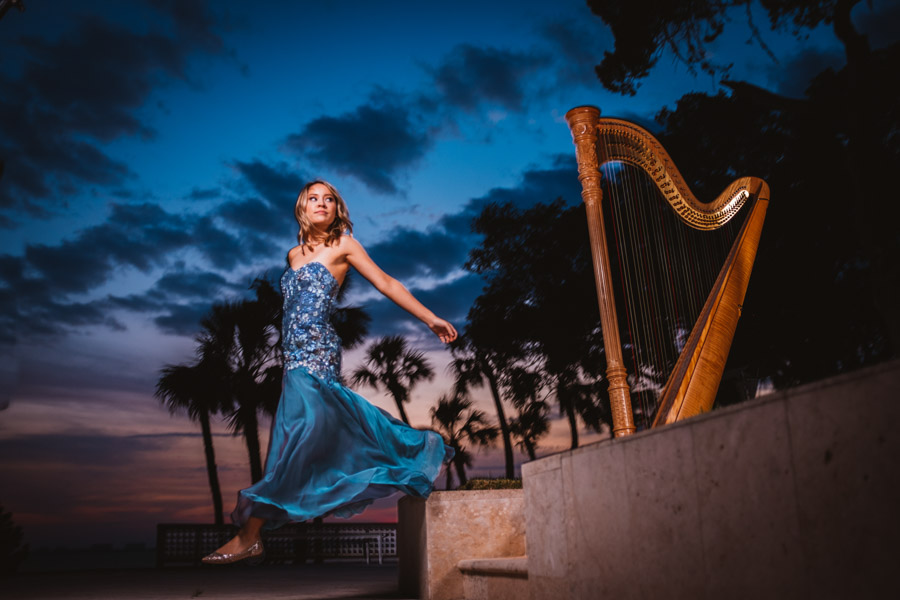
A NOT-SO-FUNHOUSE MIRROR
Everyone’s a critic, and that includes the artist. This season, on stages and in galleries, through monologues, photographs and the freshly written word, the artistic world sounds off on the society it inhabits, and questions of race, sexuality and economic exploitation all come to the fore. Blame the midterms or just all of human history, but racial politics commands the scene this year in exciting ways, not limited to Florida Studio Theatre’s upcoming production of the scathing Broadway hit Straight White Men. Written by Young Jean Lee, the play takes a no-holds-barred approach to identity in the age of white privilege, as a white father and his three sons congregate for takeout Chinese on Christmas Eve. And two theaters tackle the work of the great Lorraine Hansberry, with Westcoast Black Theatre Troupe producing the Tony Award-winning Broadway musical Raisin this month, based off of Hansberry’s celebrated A Raisin in the Sun, and Manatee Players’ April production of Clybourne Park, which checks in with the family from Raisin decades later, as a new economic challenge threatens to divide them. And this January, Manatee Players don’t shy from history with Oh, Freedom, a collection of stories on stage about the Underground Railroad. Up at Venice Theatre, South Pacific offers a classic take on the perils of prejudice, while David Mamet’s latest, Race, tackles the question head-on this April, as three lawyers debate whether to take a racially charged case.
The always-bold Urbanite Theatre approaches questions of gender and sexuality directly with November’s production of Dike. Written by Cuban-Jewish-American millennial playwright Hannah Benitez, the story centers around a pair of sisters from a deeply religious family, reuniting after two years apart and navigating the often confusing worlds of sexuality and identity as they try to understand one another. No worries for those looking to avoid a lecture, as Benitez takes a humorous approach to what could be preachy. In February, The Players Centre for Performing Arts continues this exploration with Burn This, a tragedy set in the aftermath of the death of a young gay dancer, whose friends are left behind to examine their own identities and relationships, and Art Center Sarasota, in May, will host the work of Caitlin Albritton, a satirical painter who finds her inspiration in the gym, and whose contorted figures make comment on gender and body politics.
In terms of general political anxiety, from economics to creeping fascism, local institutions are weighing in as well. Both Asolo Repertory Theatre and the Manatee Players question the virtue of silence and groupthink with productions of The Crucible and Cabaret, respectively, while Urbanite’s Angel (the second in Henry Naylor’s Arabian Nightmares series, which included last season’s Echoes) presents a one-woman drama based on the true story of a pacifist teenager in Northern Syria resisting ISIS encroachment. Economic anxieties take center stage at the Asolo in February with the winner of the 2017 Pulitzer Prize for Drama, Sweat, about folks in a factory town facing dwindling opportunity, and the Players follow up a month later with Blown Sideways Through Life, about a woman who holds 64 different jobs over the course of her life.
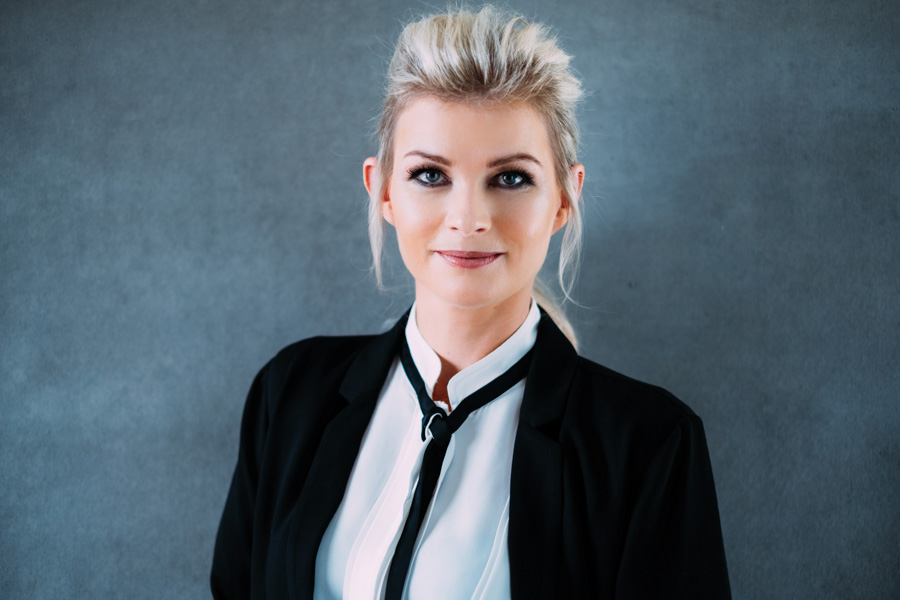
AMERICAN THE SONOROUS
America may not have invented music (citation needed), but few can debate the size of its contribution. And this year—in addition to the Jazz Club of Sarasota’s entire season, kicking off this October multiple performances each month, including the 39th Annual Sarasota Jazz Festival in March—audiences will find plenty of performances celebrating American composers and songwriters. Sarasota Orchestra’s feeling awfully patriotic in this finale season for Music Director Anu Tali, kicking off its Great Escapes series this month with “Musical America.” Conductor Alexandra Arrieche makes her Sarasota Orchestra debut with a program dedicated to all sorts of American musical flavors, from folk-inspired tunes from Aaron Copland to jazz from Cole Porter and Duke Ellington and classical music from Antonin Dvorak, composed after his time living in America. Key Chorale begins the season in similar fashion, with “American Roots: Digging Deeper,” celebrating bluegrass and the music of Appalachia, and including three world premieres of commissioned work. In March, Sarasota Ballet performs George Balanchine’s Stars and Stripes, set to the music of John Philip Sousa. Bookending the season, Venice Symphony closes Maestro Troy Quinn’s debut season with “American Roots,” featuring Copland, Bernstein, Stephen Foster, John Williams and more.
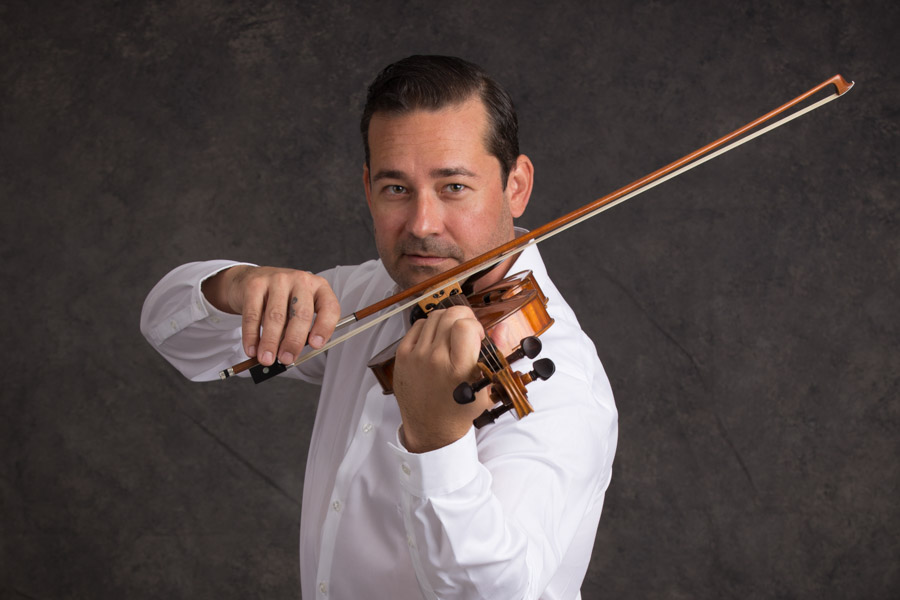
RED ALERT
International observers have flagged clear Russian interference in this season’s programming—and signaled their enthusiastic approval. The Players Centre for Performing Arts tried to sneak some undue influence over the border and onto the playbill with Vanya and Sonia and Masha and Spike, opening this month, but the Chekhov references proved difficult to hide and folks started buying tickets fast. And in a suspected bit of collusion, inside sources say the Asolo Repertory Theatre also received a bit of Russian influence on its season programming, resulting in January’s production of A Doll’s House, Part 2. Written in 2017 by Lucas Hnath, the story picks up at the end of Henrik Ibsen’s classic A Doll’s House—15 years later, when Nora returns. And while leaked emails have now twice confirmed Artist Series Concerts’ February concert, “Russian Folk Music and Dance,” featuring the Barynya Russian Balalaika Duo, newly uncovered confidential communiqués report this conspiracy of the arts has spread all the way to the Sarasota Orchestra, where Russian virtuoso Sergei Dogadin, top prize winner of the 2011 International Tchaikovsky Competition, will open November’s Masterworks season with a performance of the famously and fiendishly difficult Tchaikovsky Violin Concerto in D Major.
R.E.S.P.E.C.T.
In the wake of the loss of another icon in Aretha Franklin, it’s only fitting that this year sees more musical tributes than ever before. Westcoast Black Theatre Troupe already held a tribute to Franklin in September, but have another one planned for this March, Love Sung in the Key of Aretha. And if that’s too far away, stop by WBTT in November for Marvin Gaye: Prince of Soul, seeing Sheldon Rhoden back by popular demand to reprise the role. The Players show Elvis some love with December’s rock-and-roll holiday musical All Shook Up, and the Manatee Players pay homage to the jazzy sounds of the Harlem Renaissance with Ain’t Misbehavin’ in March. The Pops Orchestra singles out a few of its favorites as well, dedicating the November concerts to the music of John Denver (and veterans) and March concerts to the four Georges: Gershwin, Harrison, Cohen and Michael. Not to be left out, Sarasota Orchestra hosts An Evening with Judy Garland in the Van Wezel Performing Arts Hall in February, while Artist Series Concerts takes the variety approach with Soundtrack: The Music of Our Lives!, featuring everything from Frank Sinatra to the Righteous Brothers to Adele, and Forbidden Broadway, a spoof of some of Broadway’s biggest hits. But the king (or queen) of tributes this season has to go to Venice Theatre, who has too many this season to list. From The Eagles to Elvis, from Elton John to Neil Diamond, from Frankie Valli and the Four Seasons and another tribute to John Denver, Venice Theatre takes the blast from the past to atomic levels.
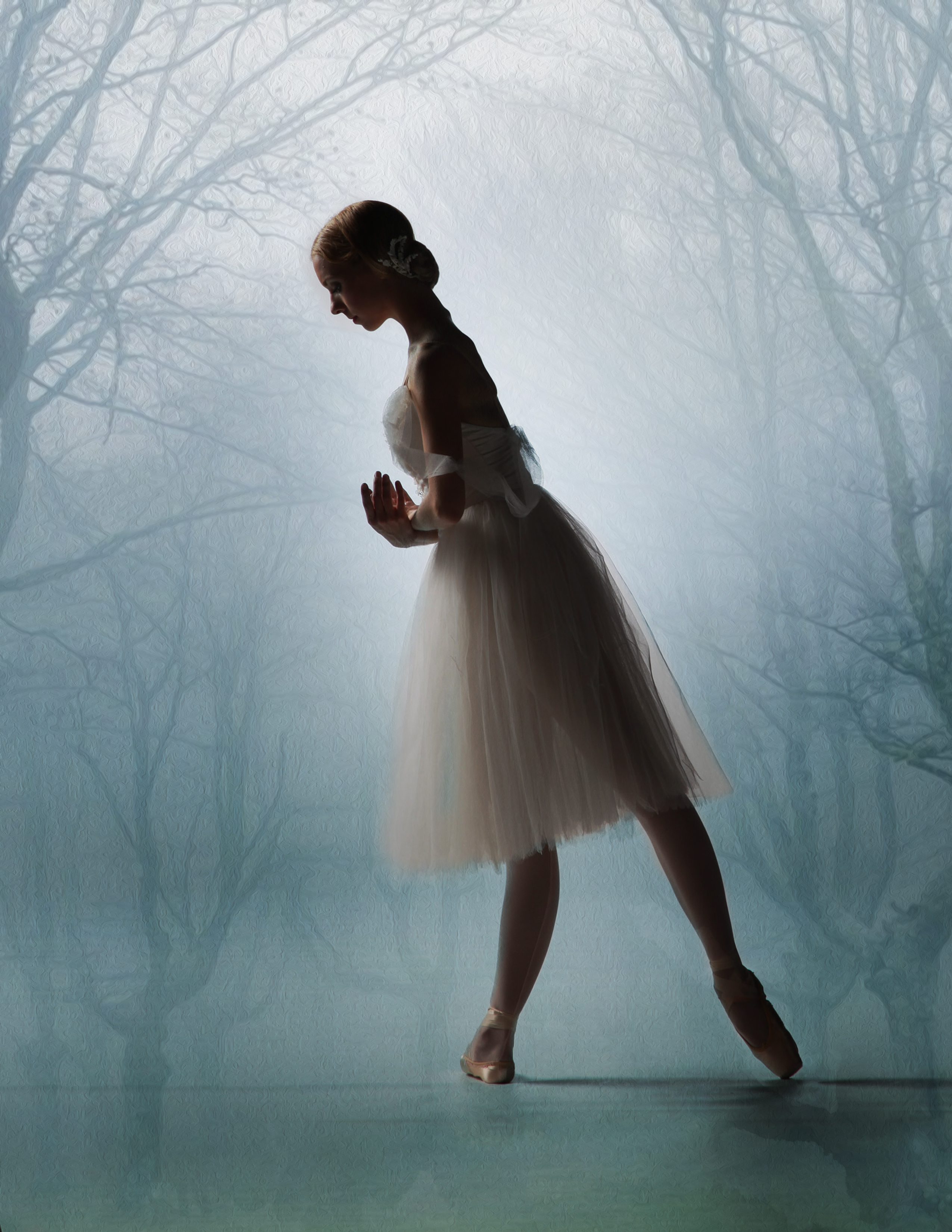
IT MIGHT GET WEIRD
While the classics are comforting, the edgy and experimental inspire, and this year yields no exception. Will it work? Who knows. Will it be interesting either way? You betcha. Sarasotans are fortunate that institutions in town aren’t afraid to take risks, and several institutions this season ask their audiences to take a leap with them, perhaps none more than The Ringling Museum, which sunsets its Ringling International Arts Festival this year, in exchange for a yearlong exploration of contemporary art under the New Stages umbrella. The season begins with Inlets and Transient Landscapes, two performances that see Grammy Award-winning percussionist Matthew Duvall transforming the museum grounds into a campus-wide installation to utilize the natural sounds of the environment as a crucial part of the composition and experience, and continues through the year with theater (Theatre Re’s The Nature of Forgetting), dance (Raphael Xavier and Point of Interest) and storytelling (Bill Bowers: All Over the Map). Meanwhile, right next door, New College of Florida turns the experimental tunes up to 11, as the New Music, New College program continues pushing auditory boundaries into its 20th anniversary. “Music today is an open question,” says Dr. Stephen Miles, director of the program. “And we’ve developed a community of people committed to exploring these possibilities together.” The season includes this month’s opening performance from acclaimed drumming quartet So Percussion, the theatrical return of Wet Inkand Pulitzer Prize finalist Kate Soper as April’s season closer and a whole lot in between. In January, MacArthur Genius Grant Fellow George Lewis and the Chicago-based Ensemble Dal Niente take the stage, and twice this season will the students of New College themselves participate, including debuting original compositions from New College’s incoming professor of digital media and music, Mark Dancigers. Continuing the theme of musical weirdness, Key Chorale takes a turn for the zany and offbeat this March with Cirque des Voix, blending the circus and choral arts for a performance that sees the 100+ voices of Key Chorale sharing the stage and spotlight with the 40-piece Cirque Orchestra and world-class circus artists. And over at Ringling College of Art and Design, the theme goes meta with Real Fashion Photography, an exhibition opening in January and overtly dedicated to those artists leading the way in the often-experimental world of fashion film and photography.








